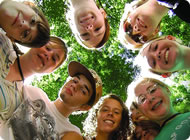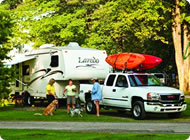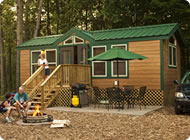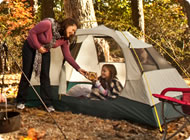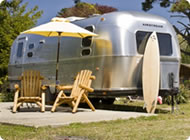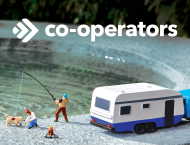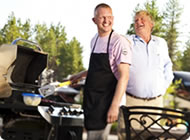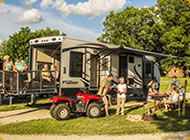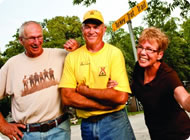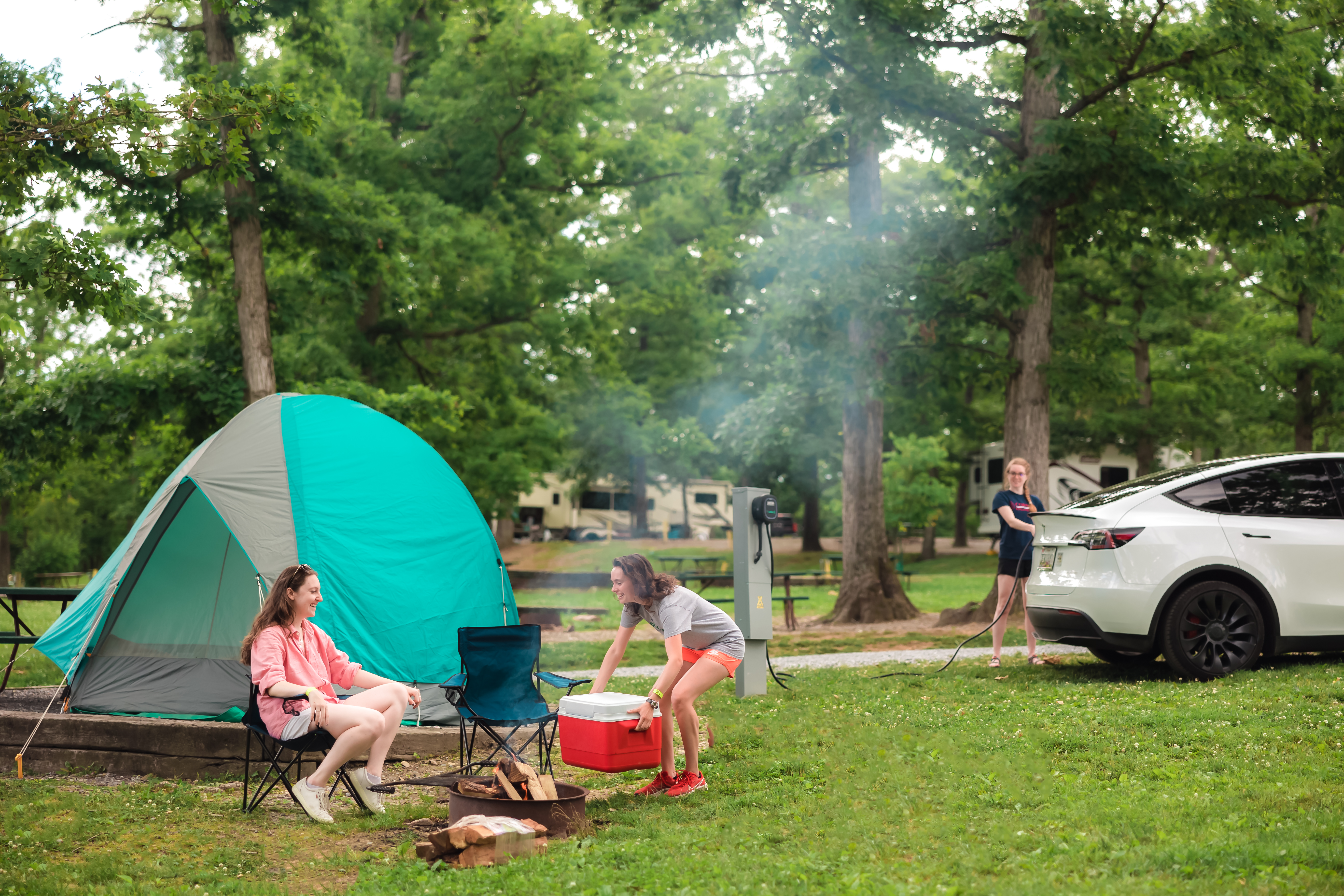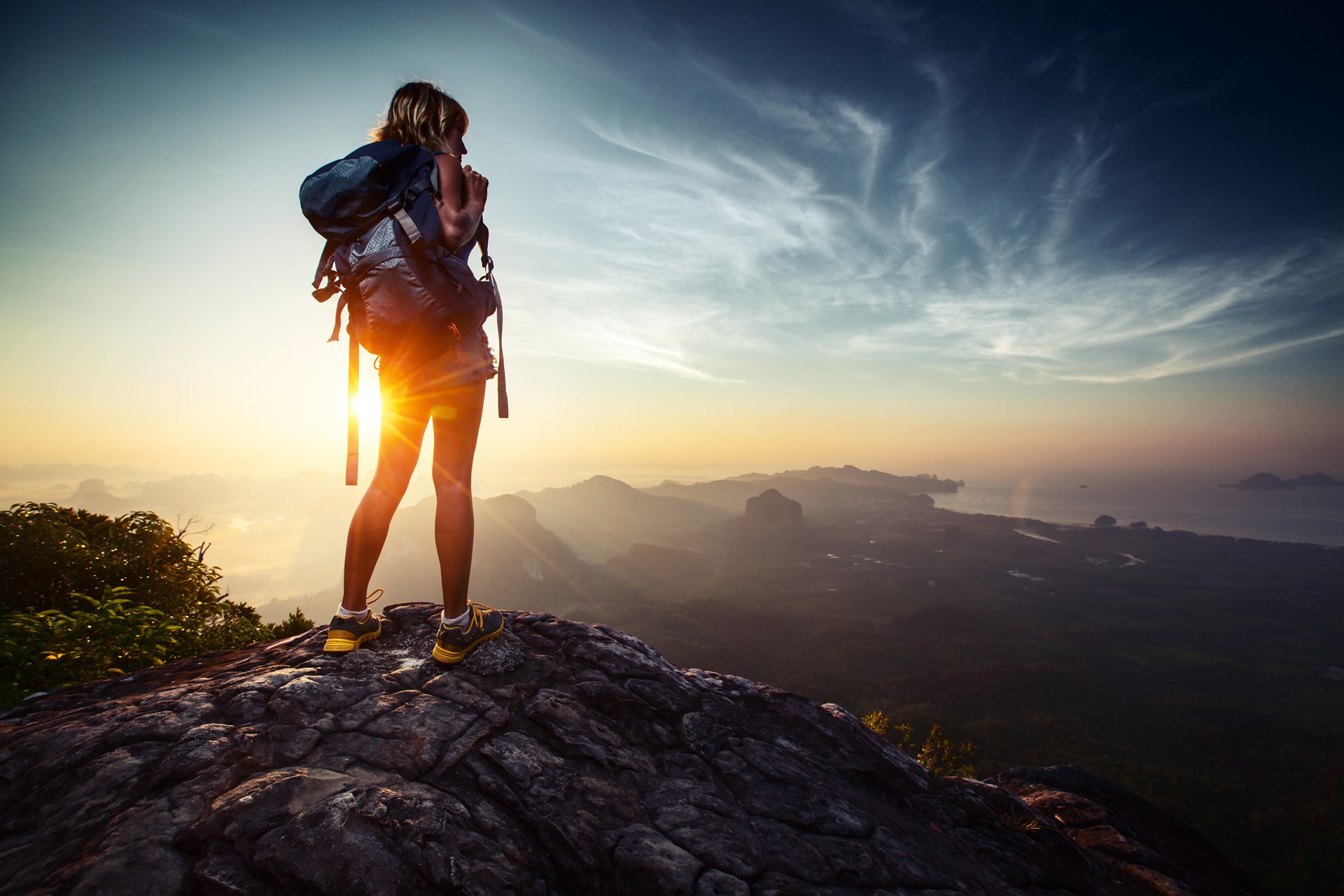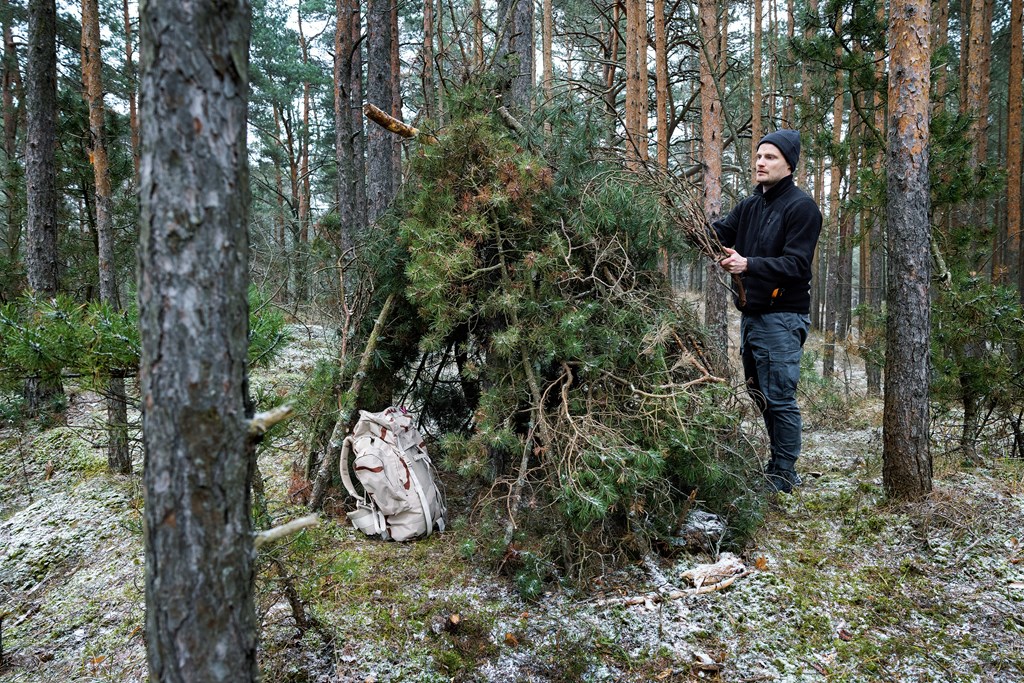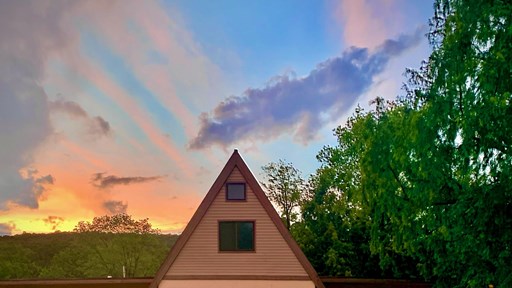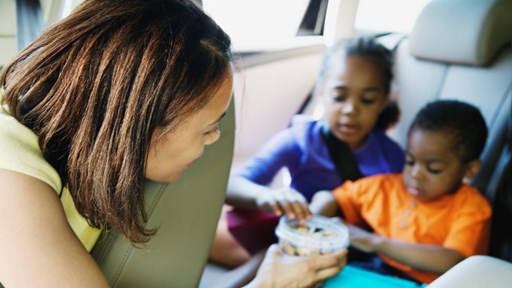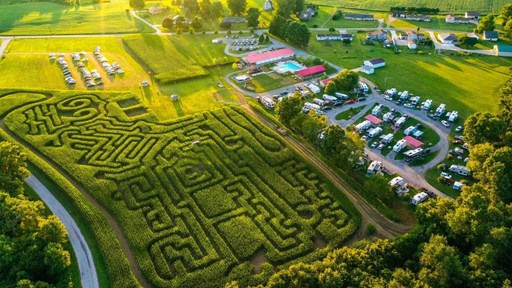Shelter. Water. Food. These three things are the building blocks of survival. Yet, in our everyday urban and suburban lives we find ourselves somewhat removed from the immediacy of these basic human needs.
Hungry? Open the refrigerator and make a sandwich.
Cold? Dial up the thermostat.
Sometimes, only in the wilds of nature are we reminded of our fragility — and resilience — when faced with the elements.
Recently, a husband and wife were hiking and camping at a popular trail in Zion National Park when they became dangerously cold overnight after having just begun the 16-mile trip through the canyon the day before. The 31-year-old woman was reported to have died from hypothermia after the husband went to get help.
Nature is home to some of the most spectacular sights we can ever hope to see and the most amazing adventures we may ever have. It is also a powerful, and unrelenting force. There is both a learning curve and an art to meeting our basic needs while spending time outdoors, whether on a camping trip, hunting trip, whitewater rafting trip, or hike.
Survivalists train outdoor enthusiasts to seek shelter first, followed by water, and then food to increase their chances of survival in unforeseen circumstances. And that’s just the start of lifesaving survival tips and information that can help one survive a precarious situation.
Take some time to review basic outdoor survival tips, put them into practice, and venture forth with some of the most important survival tools you’ll ever need.
Basic Outdoor Survival Tips For the Great Outdoors
Have a shelter, make a shelter
A basic but well-constructed emergency shelter can save lives.
Many people — including seasoned adventurers — underestimate the danger of hypothermia or wildlife should you find yourself unprotected in the outdoors. An impromptu shelter, even one constructed with branches, leaves, and sticks, can offer enough warmth without a fire.
When building a shelter, consider your surroundings, the time of day, the time of year, and how much time you will spend there. Stop and look around. Ideally, your shelter will be somewhere dry.
If you see a fallen tree nearby, that may be a good place to begin layering a cocoon of branches, pine needles, and other dry debris as protection from the elements. Other emergency shelters include a lean-to or tarp or an emergency tent.
A “bed” built with forest floor debris should be somewhat thick for optical warmth, preferably eight inches or so off the ground. It’s important to avoid sheltering in valleys where cold air settles, ravines where water may wash through, damp ground, and exposed mountaintops or ridges.
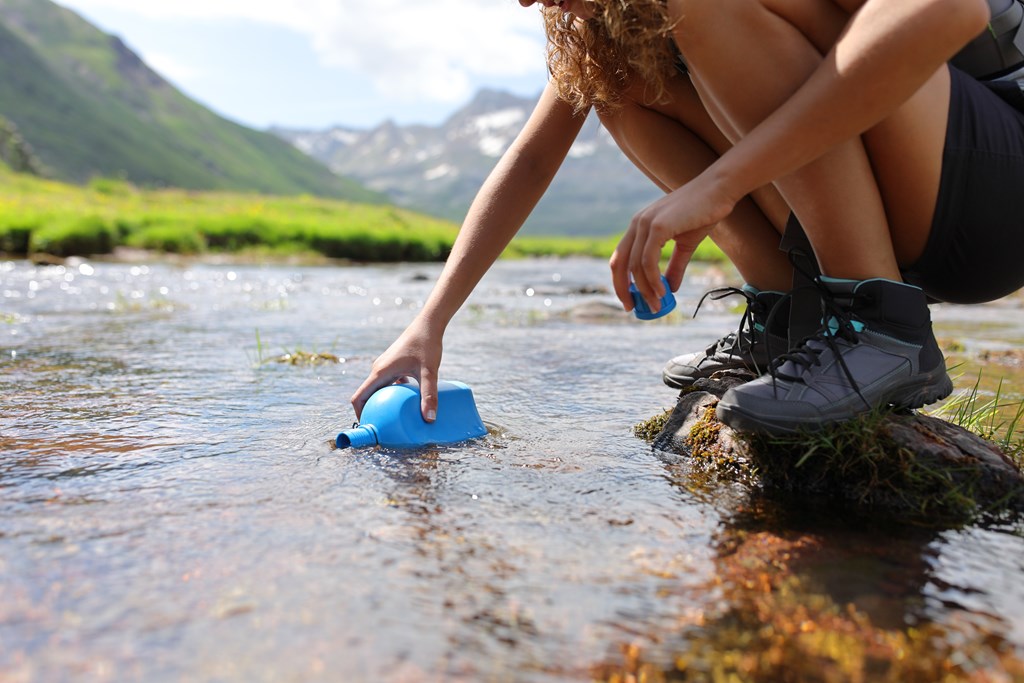
Food and Water
Hopefully while enjoying the outdoors you’ll always have the food you need. No more, no less.
It’s still best to expect the unexpected — maybe you’ve gotten lost on a trail and must spend the night (see the previous tips on constructing an emergency shelter), or the bulk of your supplies were ransacked by critters. In cases like these, a backup plan is crucial.
Start by noticing the resources around you and get familiar with foraging. The first rule of thumb is to never eat anything if you’re not sure what it is. Edible weeds like dandelion, clover, and wild mustard can safely be enjoyed. And while it’s not the most appetizing of meals, insects like earthworms and crickets have seven times more protein than ground beef and are easier to catch than small game!
Next up, water is essential. Survivalists say that the effects of dehydration are far more lethal than the effects of drinking untreated water; so once you discover a reliable water source, drink up!
In a survival situation, you’ll want to conserve what water you have while looking for an alternative source. The best source to collect from is a body of water that flows — think a swift-flowing mountain stream. Ponds and lakes are the next best bet. Finally, water from very slow-moving rivers through towns and puddles is usually poor quality with a very high risk of contamination. Stagnant puddles are essentially a breeding grounds for insects and other organisms. It’s also possible to collect rainwater or melted snow or ice, though this method will be largely left to chance.
Once a desirable source of water is found, there are a few different ways to make it safe for drinking. One of the most well-known methods is to boil the water for three minutes and let it cool before drinking. However, one doesn’t always have a boiling vessel at hand.
Another method is to let the sun’s powerful UV rays do the work. Add water to a clear glass or plastic bottle that is free of labels and lay it on a flat surface with direct exposure to the sun. Let it sit in the sun for five hours, shake vigorously, and drink.
If you carry iodine tabs or bleach tabs, these are two more ways to purify water. Add 16 drops of bleach per gallon of strained water (to remove large particles) and let it stand for 15 minutes. Or, add 5 to 10 drops of iodine to one liter of filtered water and let stand for 20 minutes.
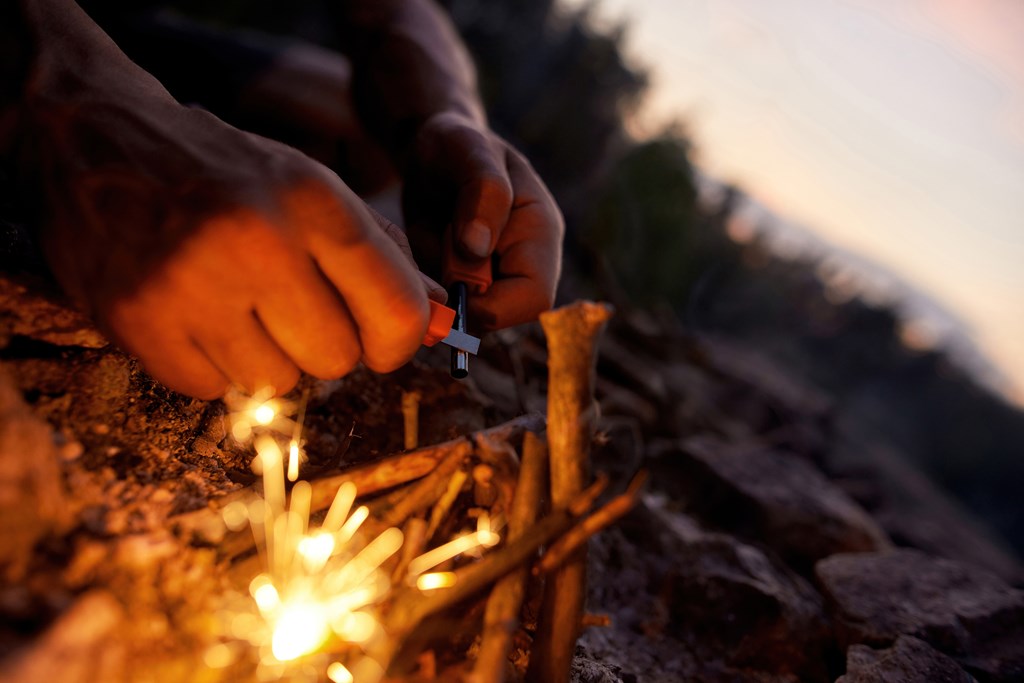
Learn How to Build a Fire
When ancient men and women first figured out how to use flint to ignite a fire it was a game-changer. With this discovery our ancestors now had protection from animals and elements, they could cook their food rather than eat it raw, and they could relax after sundown enjoying each others’ company and eventually regaling each other with new languages and stories (much like camping today!).
It takes a firestarter/ignition, kindling, and oxygen to make a proper fire outdoors. Begin by creating a fire bed on bare earth away from trees, bushes, and plants. Then gather supplies for tinder, kindling, and fuel. This generally means finding the right blend of dry leaves/bark/wood shavings (tinder), small branches and twigs (kindling), and branches as wide as your forearm (but not too big) for fuel.
A camper should always carry matches or lighters — and carry them in a watertight container. When you have mastered lighting a fire in five minutes or less, the next challenge is to make a fire in the rain!
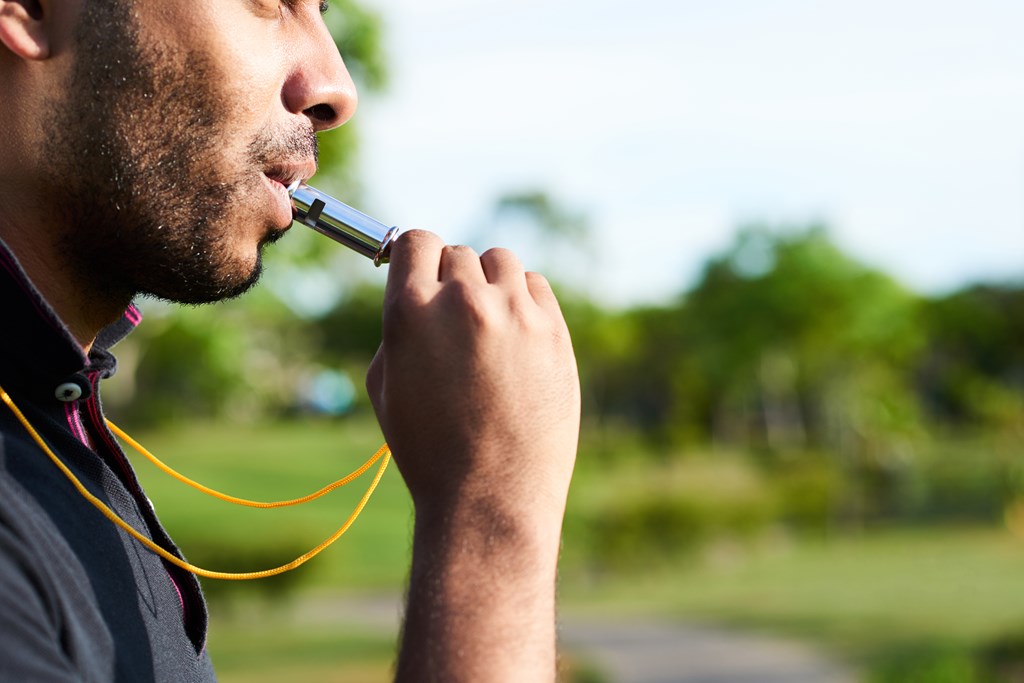
Prepare to Signal and Communicate
The prospect of losing one’s way in dense, remote terrain is unsettling. So learning about skills and devices that can aid your chances of survival should you need assistance, is crucial.
Here’s an easy one: If nothing else, carry a whistle while you hike or camp. Look for whistles designed without the little ball inside (which may freeze when in contact with spit) and keep it in a pocket or around your neck.
Also, remember the signaling tips from the survivalist’s Rule of Threes: three is the international number of distress. If you find yourself lost in the woods, you can blow three short whistle blasts or light three fires in a triangle or row to help others locate you.
Survival experts caution against relying too heavily on a cell phone, as you never know what your coverage will look like. Phones have also famously fallen out of pockets, fallen into the water, and gotten stepped on or otherwise rendered useless. A personal locator beacon (PLB) or satellite messenger is a far more reliable device when hiking or camping, especially on solo treks.
A satellite-synced PLB is designed to send an SOS signal to rescue agencies along with your location. Satellite messengers send SOS in addition to offering other communication functionality.
Say you get bit by a rattlesnake while hiking off-grid on the Pacific Crest Trail. A PLB can summon help faster and more reliably than a cell phone can.
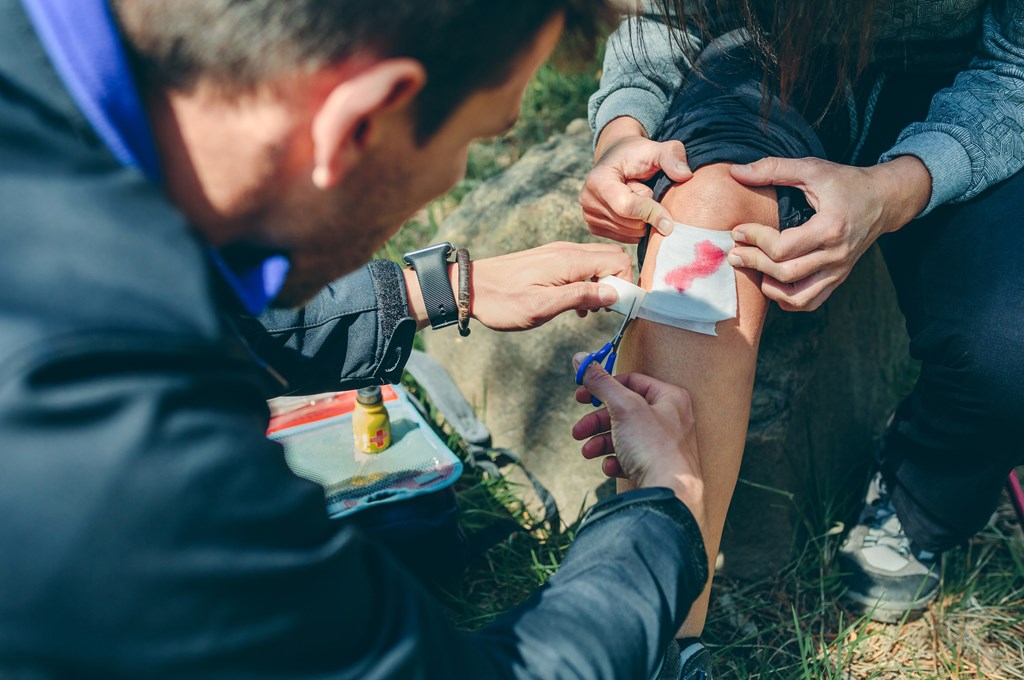
Basic First Aid
It’s helpful to have a plan should you sprain your ankle on the trail or get a bad cut.
Other common health issues that could quickly turn serious in the outdoors include:
- Dehydration
- Sunstroke
- Hypothermia
- Muscle cramps
- Intestinal issues
Some basic training can help to prevent an accident from spiraling into something more serious, or even lethal. Bear in mind the leading causes of death in the wilderness are unroped falls, drowning, and heart disease.
Some essential outdoor first aid skills that every outdoorsy person should know include performing a head-to-toe focused exam for vital signs, treating a patient with medical and emotional support, and monitoring the patient.
At some point, you may find yourself needing to perform CPR, set a fracture, control a bleed, or identify the signs of sunstroke or hypothermia. You may need to treat others or yourself.
With proper treatment, you can not only control a wound or illness, but you can set your mind at ease and focus on other survival priorities such as shelter, food, and signaling.
Some organizations and outfitters offer wilderness first-aid classes where participants can learn basic patient assessment and how to treat a variety of medical conditions.
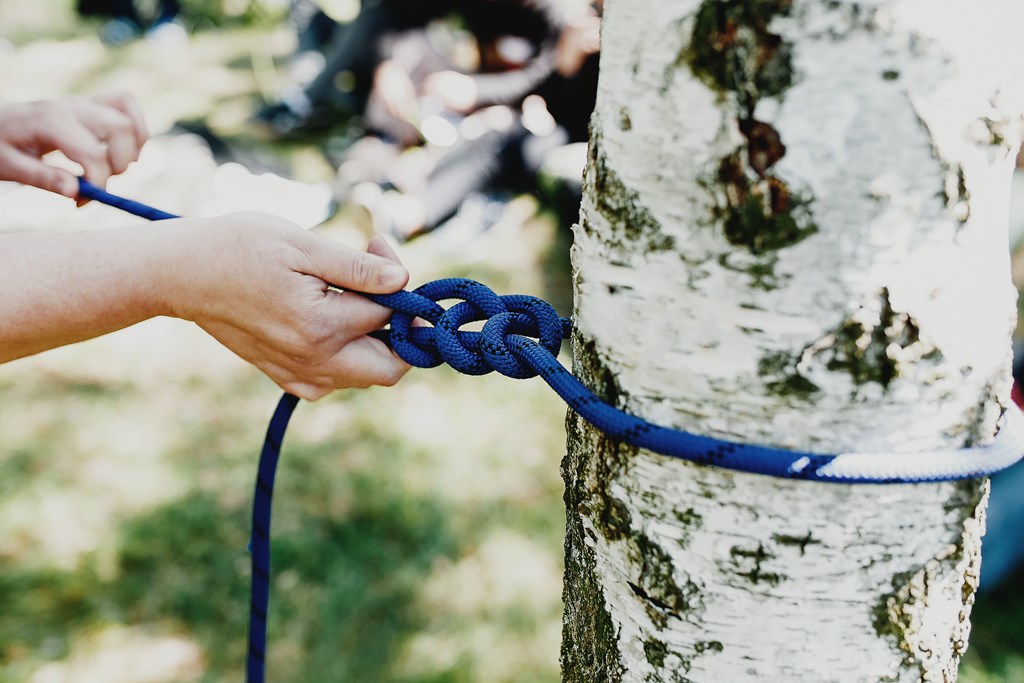
Know Your Knots
Knots are not just for the boy scouts. One S.E.R.E. military specialist and survival school teacher says that if you learn just three survival knots: the Bowline, Double Sheet Bend, and Halter Hitch, you are ready for just about anything you might need in an emergency.
How can a knot help in an emergency? Ropes and lines used by hikers, climbers, and campers are referred to as “cordage” and have several uses. As a cheap, lightweight, durable, and multi-use product it’s a favorite survivalist tool for a reason.
With cordage and a tarp you can knot off a proper shelter between two trees (see the previous section on making an emergency shelter); you can rappel down a rock; erect a clothing line to dry wet clothes; construct a fishing line; or keep people connected in a snowstorm or landslide. You can even cut off a bit of sisal rope to create a “bird’s nest” or tinder bundle to help start a fire. It’s amazing how many uses there are for such a seemingly simple product.
Don’t get discouraged in your research when you find there are dozens and dozens of knot types out there! Rather, learn and master two or three to feel competent in a survival situation.
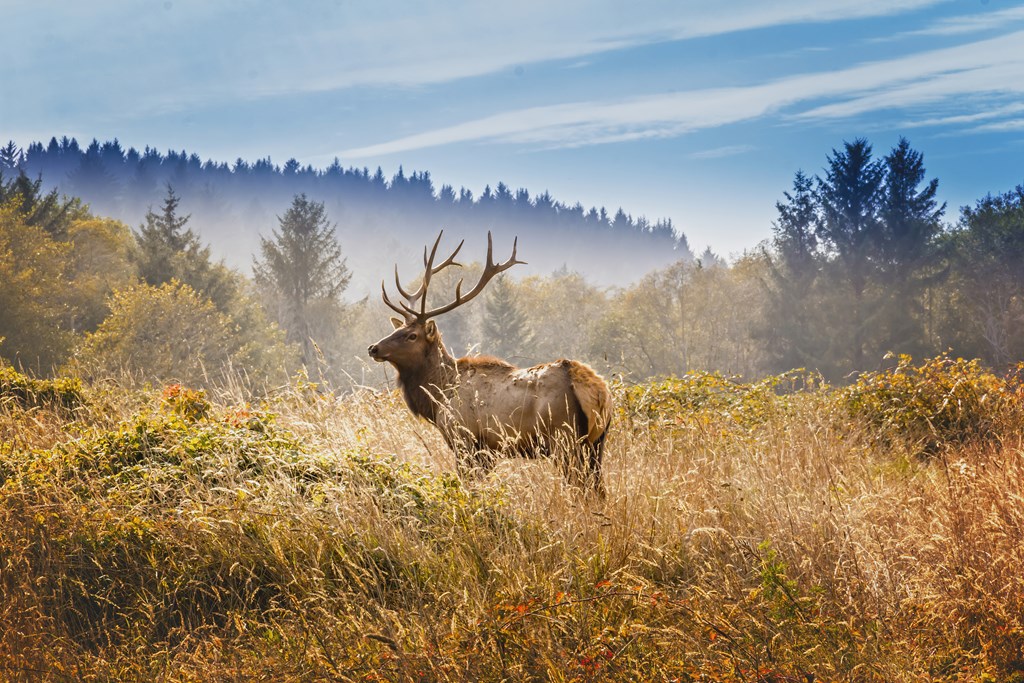
Be Aware of Local Wildlife
You’re never alone outside, as the woods, plains, mountains, and deserts are home to bees and bears, and everything else that howls, slithers, scurries, or stings.
As you prepare to spend time in these environments, educate yourself about local wildlife. When you do, chances are much greater that you’ll remain calm and prepared should you have a close encounter.
Ask yourself: What animals and insects live here? If the area is home to a snake population, what snakes are they? Are they venomous or non-venomous? Learn tips to approach the legless creature, like looking before stepping over a log or rock — even rattlesnakes don’t like to be sneaked up on. Know how to avoid or distract animals like snakes, bears, and coyotes.
Find out what season mosquitoes and bees are most active so you can dress appropriately and carry spray if needed.
And speaking of clothing, if you know you will be spending any amount of time outside, take a few minutes to consider the weather and dress for the elements. Consider wearing light layers and clothing that dries easily. The proper footwear is also essential, as it will help you to take care of your feet as you hike distances, climb, and generally protect your feet from sharp objects and critters. Here is our ultimate guide to picking the right hiking shoes to ensure you have the footwear that is best for your outdoor adventures.
Along with the above tips, it’s good practice when heading into the great outdoors to let someone know where you are going, and when you plan to be back. When camping or hiking, always heed signage that warns of unnavigable trails, dangerous terrain, or impending weather (which can change in an instant).
Whatever your experience or skill level, you can never lose by learning basic survival skills and techniques. Not only are these skills “handy information to know”, but knowing these them could save your life.

Leslie is a freelance travel and health/wellness writer who gets butterflies from telling stories and sharing information with readers across the globe. Her voice comes from a place filled with passion and dreams.
With over 10 years of experience in crafting words and years of embarking on travels that have taken this Montana girl to some incredible places, Leslie loves the adventures of both body and mind her writing takes her on.
To see what Leslie’s up to in the writing and design world, visit her website here.








